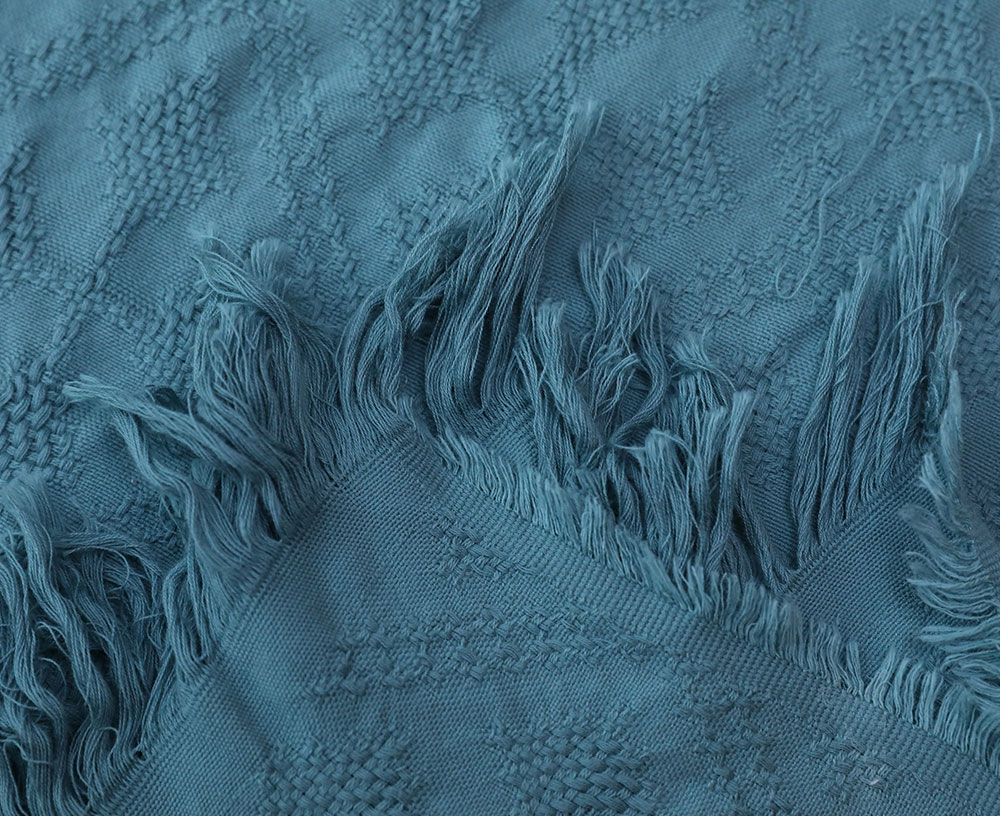

Digital direct injection can be divided into: acid dire […]
Digital direct injection can be divided into: acid direct injection printing/silk, nylon, reactive direct injection digital printing/cotton, hemp, real silk, sublimation direct injection printing/polyester, paint direct injection printing/almost Cut pieces and garments of all materials. According to the form of the fabric, it can be divided into: continuous direct injection printing and garment piece direct injection printing. According to the characteristics of different fabric elasticity and different fragility, direct-injection printing with conductive belt and direct-injection printing with non-conductive belt have appeared. Different types of printing equipment are suitable for different fabrics. At present, there is no real universal machine that can realize all-component and all-form fabric printing, but the degree of application of different equipment is still different.
When it comes to printing accuracy, people always ask what is the printing resolution, 1440dpi or 720dpi? In fact, this is only part of the printing accuracy, which involves many aspects: print head resolution, mechanical accuracy (stepping accuracy, mechanical accuracy of the shaft roller), ink and print head matching degree such three main aspects.
First, let’s talk about the accuracy of nozzles. The nozzles currently on the market include piezoelectric nozzles, thermal foam nozzles, photo nozzles, and industrial nozzles; among them, the most commonly used nozzles for printing are piezoelectric photo nozzles and industrial nozzles, and piezoelectric photo nozzles. The nozzles are mainly EPSON fourth-generation, fifth-generation, and sixth-generation heads. The fifth-generation head is the mainstream product. The highest resolution is 1440dpi, which supports 720dpi and 540dpi printing modes. This is also the most used nozzle for printing machines. In addition, some manufacturers choose industrial print heads, such as SPETRA, Japan Ricoh, Japan Kyocera, etc. The general resolution of industrial heads is about 720dpi. Compared with EPSON print heads, industrial heads are expensive, but have a long service life, low resolution and large ink droplets; but from the perspective of textile printing, due to the thicker fabric fibers, the resolution above 720dpi is visually effective It is difficult to distinguish. From the nozzle point of view, since the nozzle technology is monopolized by a few manufacturers, the printing machine manufacturers purchase from these manufacturers, so in fact, if you choose the machine printing accuracy, the starting point for the nozzle is basically the same.

Second, the impact of mechanical accuracy on printing is actually much greater than the resolution of the print head, because mechanical processing has always been a shortcoming of the domestic processing industry. Generally, the format of the printing machine is 1600-2200mm, and the length of the shaft roller is generally 2200-2800mm. Take Italian MS direct-injection printing as an example, the shaft diameter is 400mm, the length is 2200mm, and the combined error of shaft diameter, concentricity, straightness, etc. is 0.003mm, that is, the mechanical error of one circumference of the printing is 0.01mm, and one is processed. The difficulty of such an axis can be imagined. But in the same way, we can also imagine that if the diameter error of a company’s product is 0.1mm, then during the printing process, the nozzle may cross the two inkjet joints on one side, while the other side has 0.3mm. The appearance of a white line is unacceptable to any customer; similarly, if there is a problem with concentricity and straightness, the phenomenon is similar.
The third is the ink aspect. Most people think that ink may affect color saturation, color fastness, and amount of coloring, but in fact, ink also has a great impact on printing accuracy. Obviously, if the ink fluency is not good and there are many mechanical impurities, the phenomenon of thread breakage and plugging may occur. During the printing process, small white lines will appear, which will affect the accuracy of the printing. If the ink viscosity, surface tension and other parameters have problems, it may cause oblique spray. Then there is the storage stability of the ink, the uniformity between batches, etc., which are the main reasons for the introduction of quality problems.